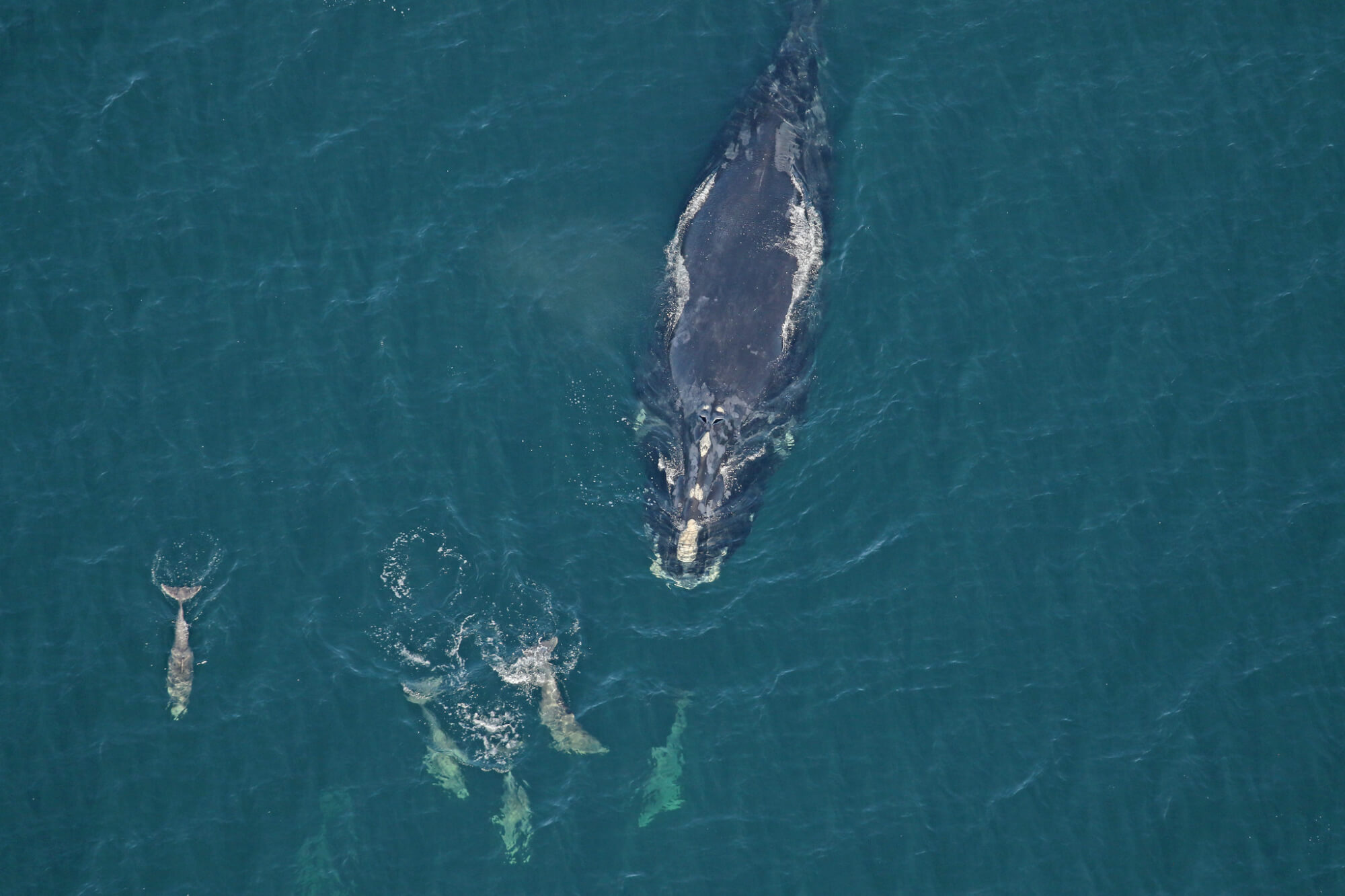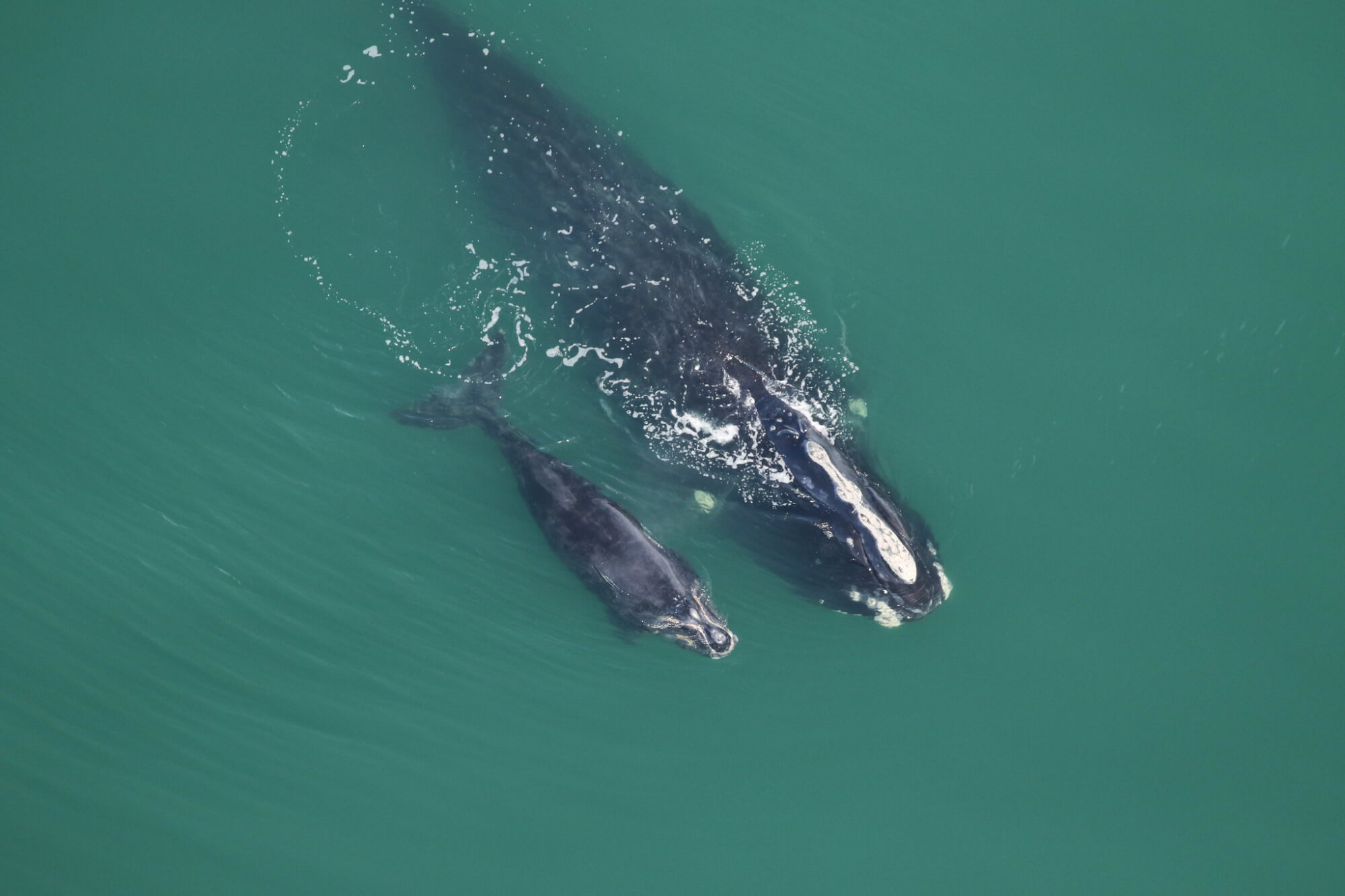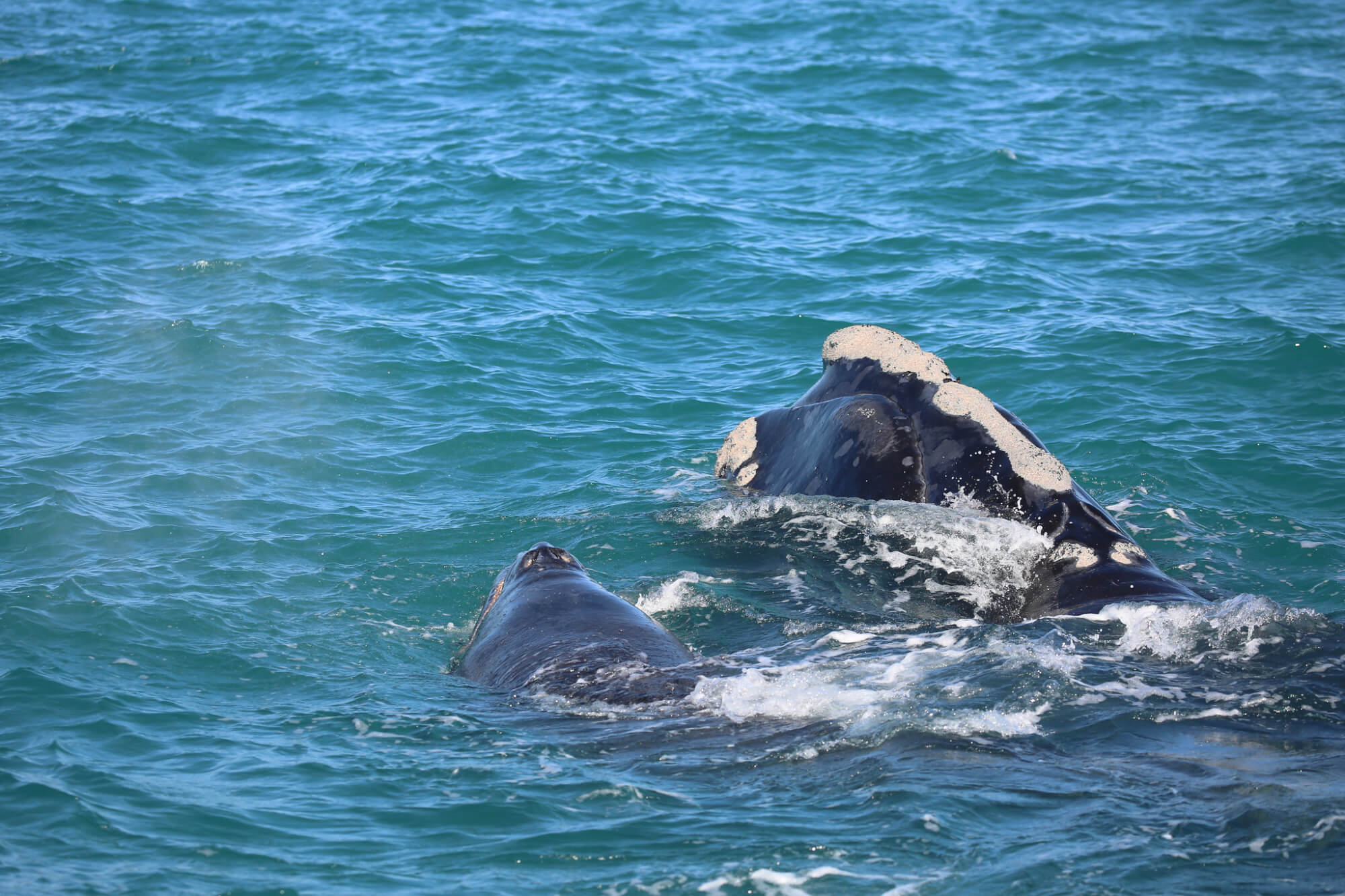Quebec’s environmental assessment agency, the Bureau d’audiences publiques sur l’environnement (BAPE), which has been tasked with evaluating the Énergie Saguenay project being promoted by GNL Québec, released its report on March 24. The 501-page document covers all the points discussed during information and consultation sessions, in addition to compiling the opinions expressed in the 2,580 briefs submitted by the general public and organizations. The nuanced report does not offer a clear recommendation as to whether or not to approve the project to the Minister of the Environment and the Fight against Climate Change, which has the authority to accept or reject the project. However, BAPE commissioners mention the strong polarization triggered by the project in the Saguenay region and elsewhere, and point out that “the Commission was not able to comment on the social acceptability with regard to the project even if, overall, according to its analysis, the sum of the risks associated with the project exceeds that of its benefits.” The authors of the report also express several reservations with regard to the environmental benefits presented by the promoter. In addition to these major considerations, the commissioners are concerned by the potential impacts of the project on the endangered St. Lawrence beluga.
Opinions expressed in the report that relate to belugas are summarized by Whales Online below.
Omnipresent belugas
The word “beluga” appears 213 times in the report’s 501 pages, a sign that this endangered marine mammal is a major concern for commissioners Denis Bergeron and Laurent Pilotto. The natural gas liquefaction complex project would have an impact on belugas with the annual passage of 300 to 400 tankers exporting liquefied natural gas (LNG). The commissioners noted a significant level of concern expressed by citizens and organizations that submitted briefs pertaining to belugas. They point out that the recovery of the St. Lawrence beluga is “an ecological, economic and social issue.”
No fewer than 12 opinions out of 49 relate directly to the effects that the project might have on the belugas of the St. Lawrence. Some of them discuss the urgency of creating the necessary regulatory tools at the provincial level to properly protect belugas and their habitat. Others speak of concerns about the effects of increased maritime traffic and the ensuing underwater noise.
“In light of the troubling situation regarding the St. Lawrence beluga population and the importance of the Saguenay River for its vital functions such as foraging, calving and caring for young, the Commission of Inquiry, like Fisheries and Oceans Canada, is of the opinion that any increase in marine traffic projected in the Saguenay River would run counter to efforts to restore this population.” – BAPE’s report
The commissioners also encourage the government to develop measures to mitigate the effects of underwater noise in the proposed port area to protect the spawning grounds of important prey of the St. Lawrence beluga such as capelin and rainbow smelt.
Despite all their caveats, the commissioners highlight GNL Québec’s willingness to present mitigation measures and encourage the promoter to enhance them and to collaborate with researchers specializing in underwater noise and belugas, should the project ever be green-lighted by the provincial and federal governments.
Request for comprehensive assessment of all projects resulting in heavier maritime traffic
In the report highlights, the Commission points out that it “considers, however, that beyond the contribution of the 300 to 400 annual passages of LNG tankers associated with the Énergie Saguenay project, assessment of the impacts of maritime traffic on the beluga population of the St. Lawrence Estuary would require that all maritime activities within its critical habitat be taken into account, including increased traffic that might be generated by other port development projects upstream in the St. Lawrence.”
They therefore call for the development of “comprehensive and strategic management for all maritime activities so that any future development takes place in accordance with the principle of “respect for ecosystem support capacity” described in the Sustainable Development Act.”. This request is echoed by numerous environmental protection organizations such as Nature Québec. Moreover, these are not the first BAPE commissioners to urge the government to develop a more all-encompassing assessment of projects that increase maritime traffic. Indeed, those of the Commission for the BlackRock Metals project also made this same request. The simulator designed to predict belugas’ exposure to noise and navigation being developed by the Université du Québec en Outaouais in collaboration with the Group for Research and Education on Marine Mammals (GREMM) should enable such comprehensive assessments beginning in 2023.







